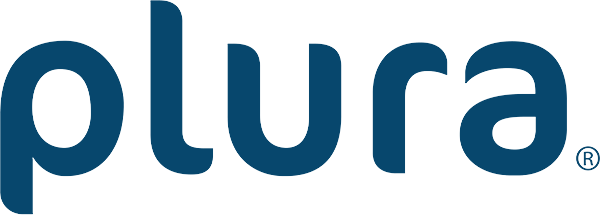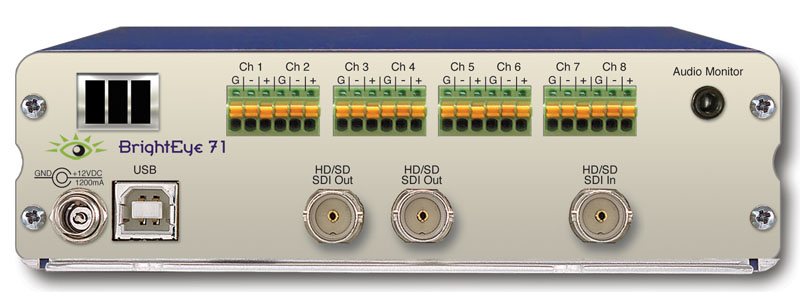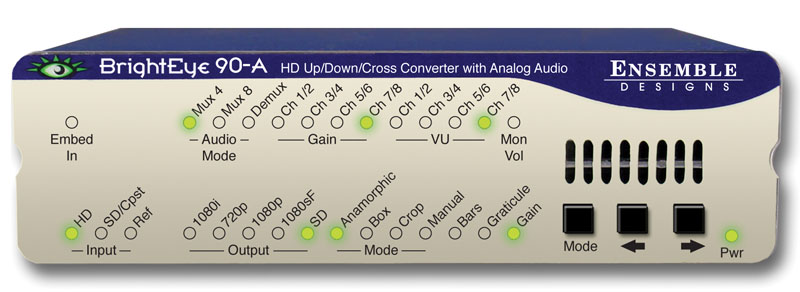Description
- Tx combines two signals
- Rx separates two signals
- Built in frame sync
- Latency between signals is preserved
- Guaranteed, fixed timing between signals
- Genlocked output
- Video paths are independent
- Superb image quality
- Output at full HD frame rate and resolution





